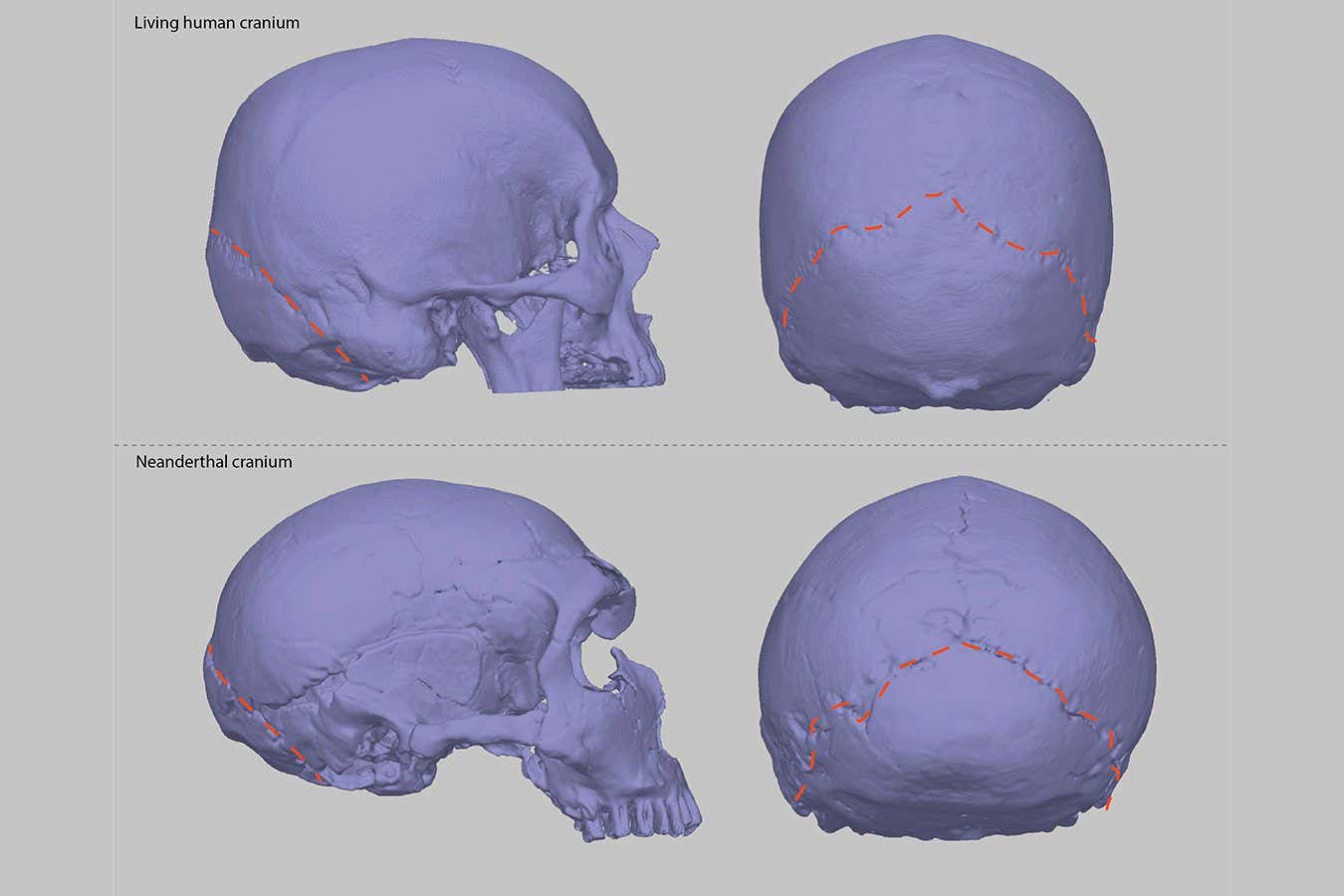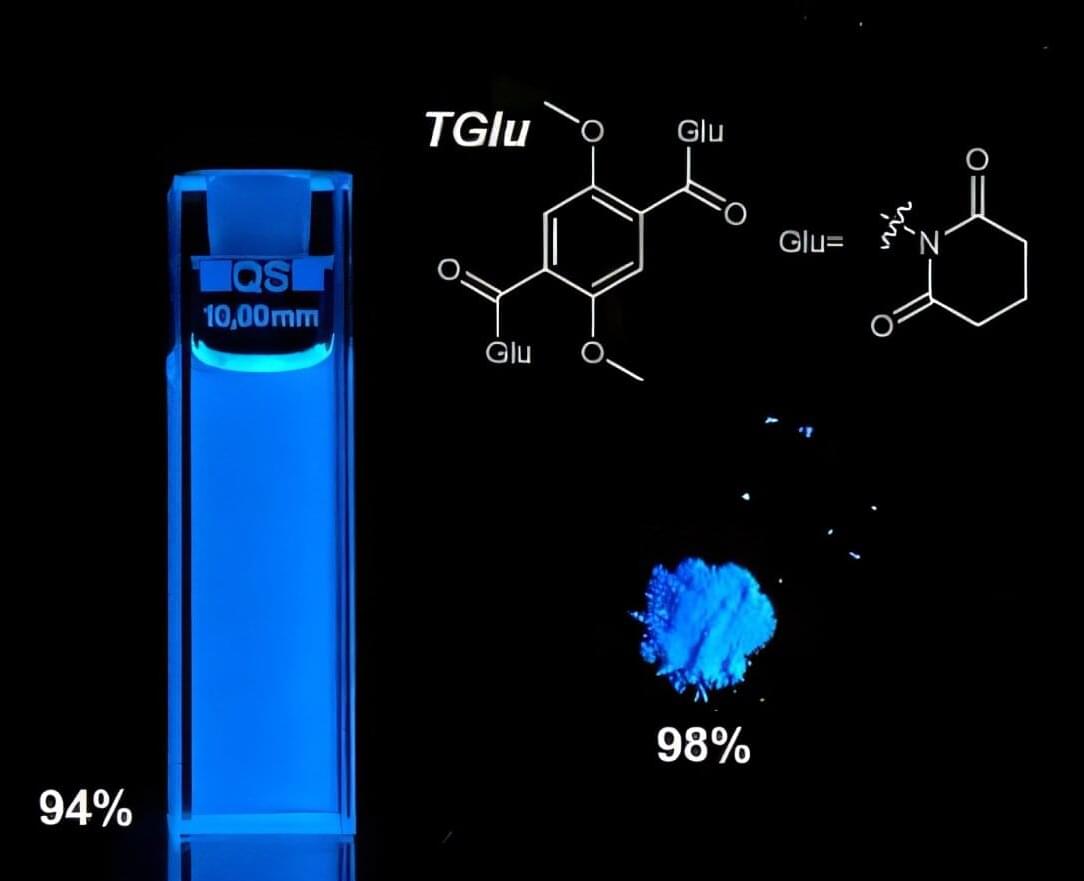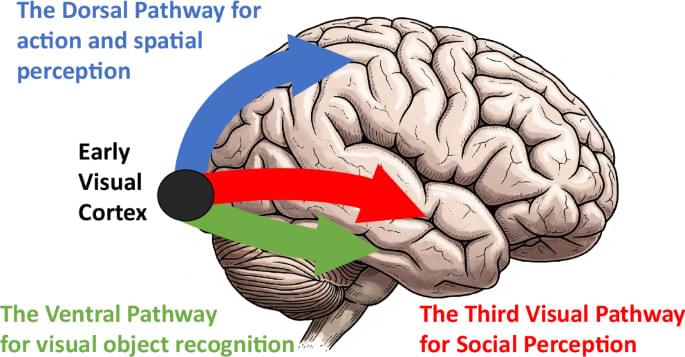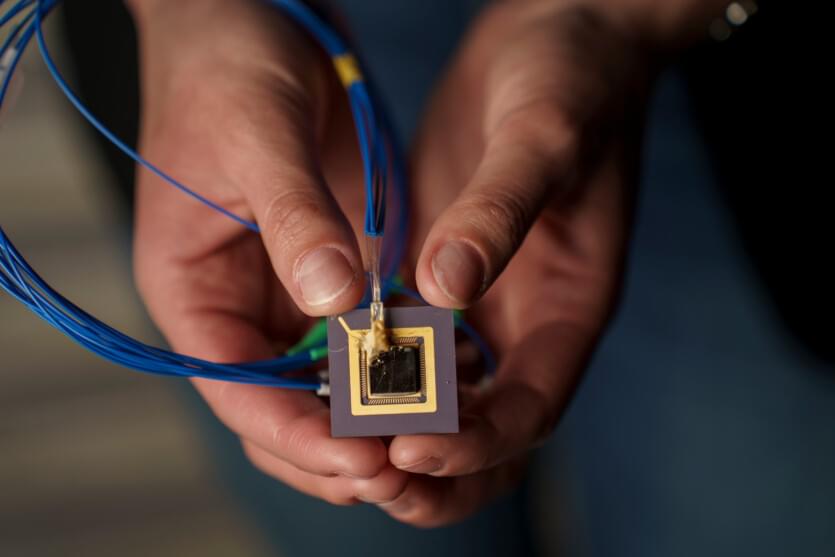Demis Hassabis, CEO of Google’s AI research organization DeepMind, appeared to suggest Tuesday evening that Veo 3, Google’s latest video-generating model, could potentially be used for video games.
In response to a post on X beseeching Google to “Let me play a video game of my veo 3 videos already,” and asking, “playable world models wen?” Hassabis responded, “now wouldn’t that be something.”
On Wednesday morning, Logan Kilpatrick, lead product for Google’s AI Studio and Gemini API, chimed in with a reply: “🤐🤐🤐🤐”





